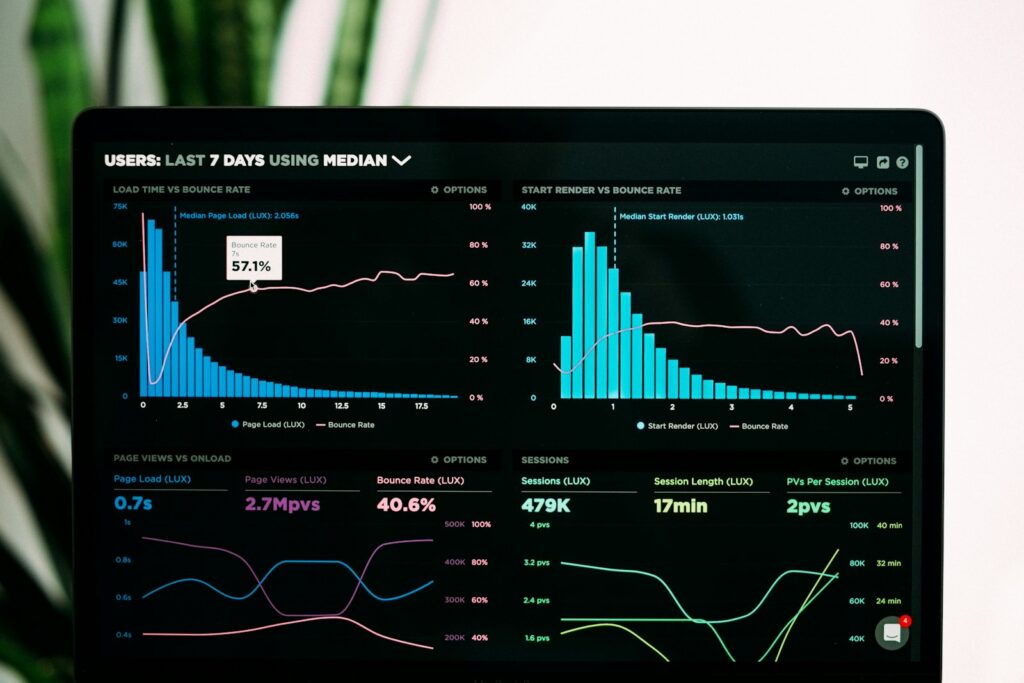DeepSeek AI is at the forefront of artificial intelligence innovation. Designed to improve machine learning (ML) applications, it incorporates cutting-edge algorithms, neural networks, and data processing techniques to enable enhanced decision-making capabilities. This revolutionary AI architecture has the potential to transform industries ranging from healthcare to finance.
In this article, we’ll explore the architecture behind DeepSeek AI, how it works, and the powerful capabilities that make it a game-changer in the world of artificial intelligence.
What is DeepSeek AI?
DeepSeek AI is a highly advanced machine learning model built on sophisticated AI architectures, designed to process vast amounts of data, derive insights, and make accurate predictions. Unlike traditional machine learning systems, DeepSeek AI leverages a unique blend of neural networks, reinforcement learning, and natural language processing (NLP) to enhance its performance and decision-making abilities.
It was developed with the goal of solving complex real-world problems by simulating human-like cognitive functions, allowing machines to “learn” from data and adapt over time.
The Core Components of DeepSeek AI
The architecture of DeepSeek AI is built around several core components that work in harmony to provide intelligent solutions. These include:
1. Neural Networks
At the heart of DeepSeek AI lies deep neural networks. These networks are structured in multiple layers, each designed to process specific types of information and extract features from raw data. By training these networks on large datasets, DeepSeek AI is able to recognize patterns, understand complex relationships, and make accurate predictions.
2. Reinforcement Learning
DeepSeek AI incorporates reinforcement learning to optimize decision-making in dynamic environments. This enables the system to continuously improve its performance by learning from trial and error.
3. Natural Language Processing (NLP)
For applications involving text, speech, and language, DeepSeek AI uses NLP algorithms. This allows the AI to understand, interpret, and generate human-like language, which is essential for communication-based tasks.
4. Data Processing Pipeline
Data processing is a crucial part of DeepSeek’s architecture, ensuring that the AI can efficiently handle and analyze large datasets in real time.
How DeepSeek AI Works: A Step-by-Step Breakdown
DeepSeek AI follows a multi-step process to deliver its outputs. Here’s a simplified breakdown:
- Data Collection: The first step in the process involves collecting raw data from various sources. This can range from images and videos to text and numerical data.
- Data Preprocessing: Once the data is gathered, it is cleaned and organized to ensure it is in a suitable format for processing. This step eliminates noise and removes irrelevant information.
- Feature Extraction: After preprocessing, DeepSeek AI identifies key features from the data that will help in making decisions or predictions. These features are used to train the neural network.
- Model Training: Using the extracted features, DeepSeek AI undergoes supervised, unsupervised, or reinforcement learning to build an accurate model.
- Prediction and Output: Once trained, the model is used to make predictions or decisions based on new, unseen data.
The Technology Behind DeepSeek AI
DeepSeek AI’s underlying technology is powered by various advanced algorithms and frameworks, including:
- TensorFlow and PyTorch: These are popular deep learning libraries used to build and train neural networks in DeepSeek AI.
- Apache Hadoop: A framework that allows DeepSeek AI to process large datasets in a distributed manner, optimizing performance and scalability.
- Reinforcement Learning Algorithms: These include Q-learning and Deep Q Networks (DQNs) that allow DeepSeek AI to learn optimal strategies by interacting with its environment.
Neural Networks and DeepSeek’s Learning Capabilities
Neural networks are fundamental to DeepSeek AI’s ability to process information. They are designed to mimic the human brain’s structure, with layers of interconnected nodes that work together to solve complex tasks. DeepSeek’s neural network architecture is constantly evolving through a process of training and backpropagation, allowing it to make more accurate predictions over time.
DeepSeek’s Data Processing Pipeline
DeepSeek AI’s data processing pipeline is integral to its performance. This pipeline is designed to handle vast amounts of unstructured data, such as images, videos, and text, while ensuring speed and accuracy in the processing stage.
How DeepSeek AI Uses Natural Language Processing (NLP)
Natural Language Processing (NLP) is a crucial aspect of DeepSeek AI’s capabilities. It allows the AI to understand, process, and generate human language, making it ideal for applications such as chatbots, customer service automation, and content generation. NLP enables DeepSeek AI to extract meaning from text and respond in a way that mimics human communication.
The Role of Reinforcement Learning in DeepSeek AI
Reinforcement learning (RL) enables DeepSeek AI to continuously improve its decision-making abilities. In reinforcement learning, the AI receives feedback from its environment and adjusts its actions accordingly. Over time, this iterative learning process leads to optimal decision-making strategies in uncertain environments.
Scalability and Flexibility of DeepSeek AI
One of the standout features of DeepSeek AI is its scalability. The architecture is designed to handle vast amounts of data and grow with the demands of the system. Whether it’s processing more data or expanding its capabilities across industries, DeepSeek AI can scale efficiently to meet these needs.
Applications of DeepSeek AI in Various Industries
DeepSeek AI has a wide range of applications, including:
- Healthcare: Assisting in diagnostics, drug discovery, and personalized medicine.
- Finance: Enhancing fraud detection, risk assessment, and algorithmic trading.
- Retail: Personalizing customer experiences and optimizing inventory management.
- Automotive: Enabling autonomous driving systems and improving vehicle safety.
Benefits of DeepSeek AI Architecture
- Accuracy: DeepSeek AI consistently produces accurate predictions and decisions due to its sophisticated neural network and reinforcement learning systems.
- Efficiency: Its ability to process large datasets quickly ensures faster results.
- Scalability: The system can scale to accommodate growing data volumes and expand into different sectors.
Challenges and Future Prospects of DeepSeek AI
Despite its advanced capabilities, DeepSeek AI faces some challenges, including data privacy concerns, the need for large datasets to train the model, and computational demands. However, the future of DeepSeek AI looks promising, with continuous advancements in AI research and technology poised to address these issues.
Conclusion: The Future of DeepSeek AI
DeepSeek AI represents the next generation of artificial intelligence. Its architecture, built on neural networks, reinforcement learning, and NLP, enables it to solve complex problems across various industries. As technology continues to evolve, DeepSeek AI’s potential to revolutionize how we interact with data and machines is limitless.
FAQs
1. What makes DeepSeek AI different from other AI models?
DeepSeek AI integrates neural networks, reinforcement learning, and NLP, allowing it to learn from data, make decisions, and communicate effectively.
2. What industries can benefit from DeepSeek AI?
DeepSeek AI has applications in healthcare, finance, retail, automotive, and more, enabling improved efficiency and decision-making across sectors.
3. How does DeepSeek AI learn from data?
DeepSeek AI uses supervised, unsupervised, and reinforcement learning techniques to train its models based on large datasets.
4. Can DeepSeek AI handle unstructured data?
Yes, DeepSeek AI’s data processing pipeline is specifically designed to process unstructured data like images, text, and videos.
5. What is the role of reinforcement learning in DeepSeek AI?
Reinforcement learning enables DeepSeek AI to optimize its decision-making abilities by learning from trial and error.
6. What are the future prospects of DeepSeek AI?
The future of DeepSeek AI is bright, with ongoing research aiming to enhance its scalability, efficiency, and applications across industries.

